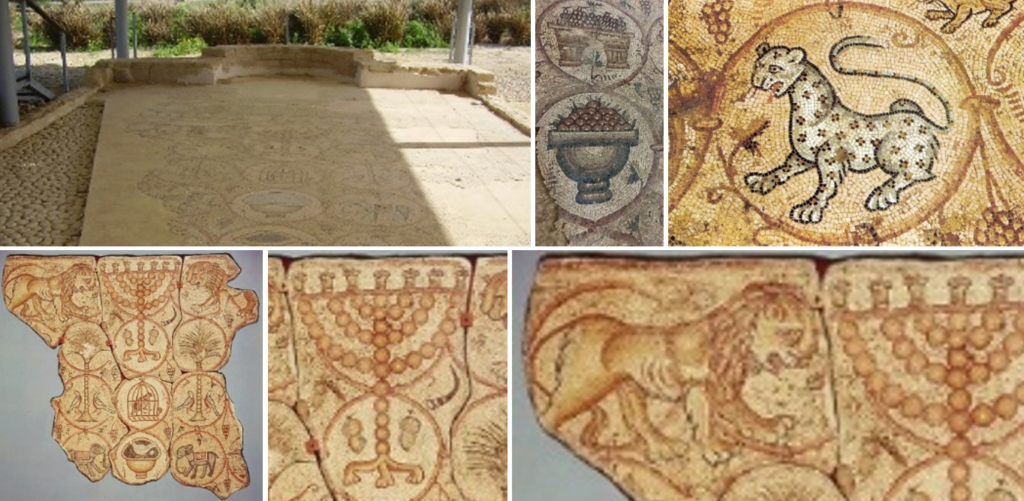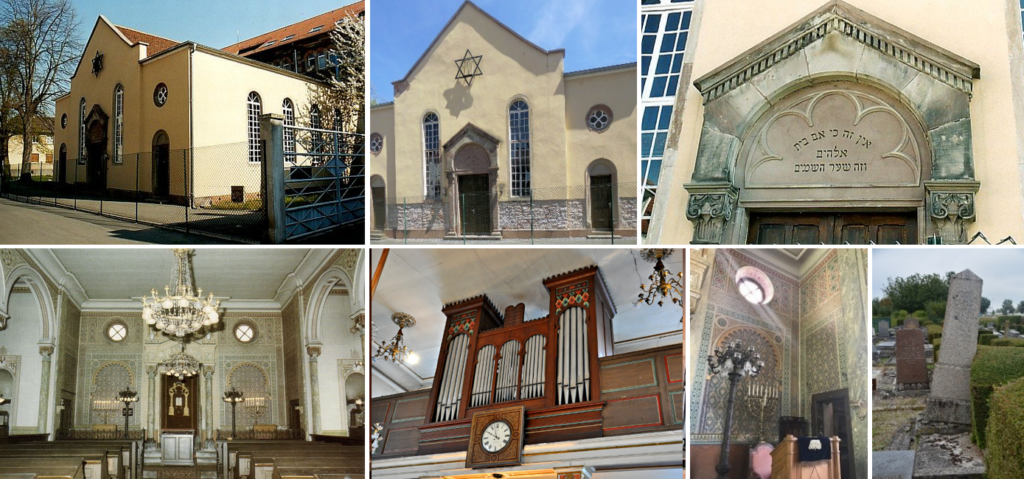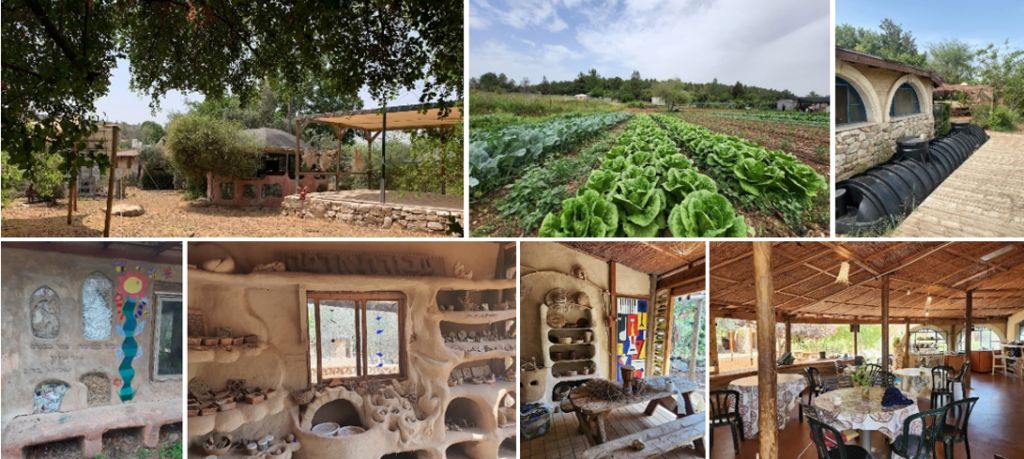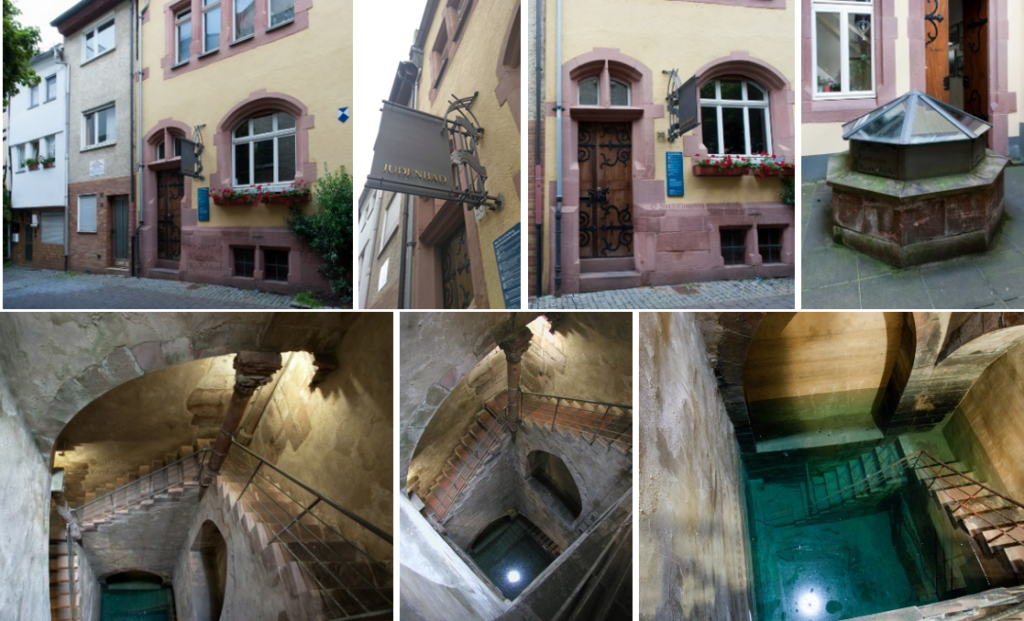
Balak (בָלָק), Numbers, from 22:2-25:9 and Micah 5:6-6:85
This Parasha is named after the king of Moab and Midian1, Balak. He hires Bilaam, a prophet from Mesopotamia2, to curse Israel. Despite his efforts, Bilaam fails and ends up blessing Israel, prophesying about the end of times3.
Numbers 25:5
מַה-טֹּבוּ אֹהָלֶיךָ, יַעֲקֹב; מִשְׁכְּנֹתֶיךָ, יִשְׂרָאֵל.
How good are your tents, O Ya’aqov! Your dwellings, O Israel!
The Ohel Jakob Synagogue (Tent of Jacob) in Munich, the work of Rena Wandel-Hoefer and Wolfgang Lorch, is a modern building made of concrete and travertine, topped with a glass cube. Its interior, paneled with cedar and adorned with psalms written in golden letters, was inaugurated on November 9, 2006, the 68th anniversary of Kristallnacht4, testifying to the resilience of the Jewish people.
1 Moav and Midian are regions that today correspond to Jordan and the Arabian Peninsula.
2 Mesopotamia encompasses parts of Turkey, Syria, Iraq, Iran, and Kuwait.
3 Numbers 24:15-25: In their commentaries, Rashi, Rambam, Sforno, Malbim, the Talmud, Midrashim, and the Zohar explain that Bilam prophesies about future kingdoms and the Messiah.
4 Pogroms perpetrated by the Nazis on November 9 and 10, 1938.








